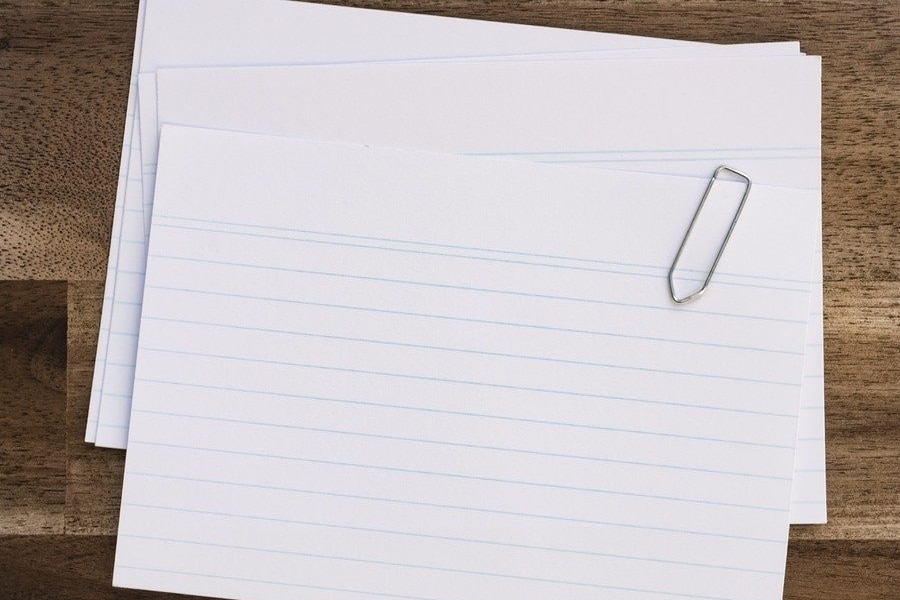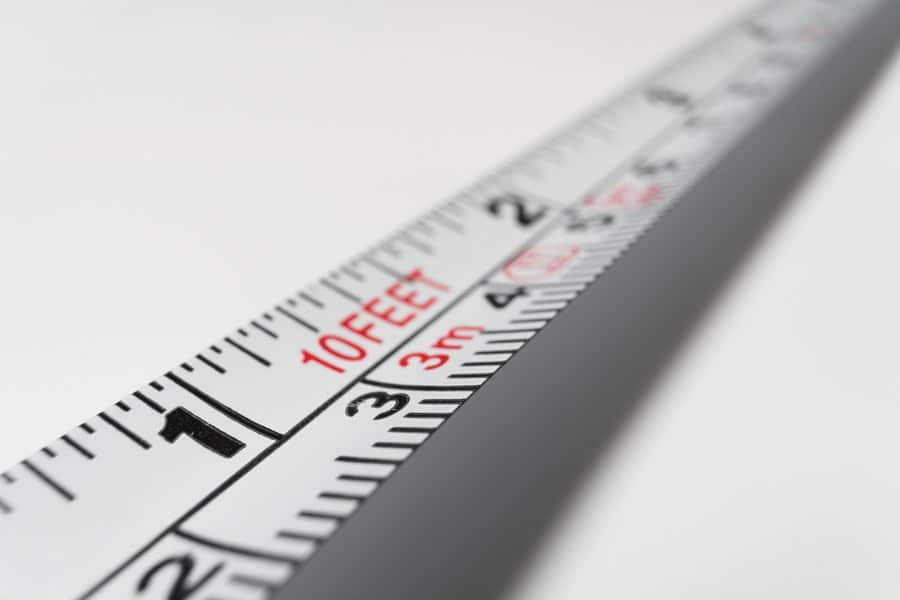When you need to downsize your home, the level of work you have to do can feel overwhelming. But if you stay organized, it’ll be easier to handle. You’ll keep your stress levels down, and get rid of a lot of things before you actually make the move. That’s an excellent way to be more prepared, and to make the move far easier than it otherwise might have been. Here are some of the best ways to get (and stay) organized when you’re downsizing your home.
1. Make an Inventory of Everything You Own
You really need to know just how much “stuff” you have. That forces you to face what you might have to get rid of to fit in your new, smaller space. You can also get a better grasp of how much of your stuff actually gets used, and how much of it equals things you’ve accumulated that you don’t really need. You might be really surprised by the number and types of things on your inventory, because it can be very easy to accumulate a lot of stuff in a short period of time. If you’ve lived in your current place for a long time, your level of stuff will be even greater.

2. Label, Categorize, or Map What You Own
This will help you keep track throughout the process of downsizing, so you don’t get lost in clutter or confused about what you’re keeping. Once you get rid of something you own, be sure to mark it off so you don’t spend time looking for it later. It’s gone. You can get a good idea of the kinds of things you tend to keep, which will help you understand where you might be collecting a little more than you need. Fortunately, you can take care of that problem efficiently before you move, so you don’t end up trying to find space for unneeded things at your new house.
3. Sell, Toss, or Give Away Items
Whether you throw them away, donate them to a thrift shop, or give them to a neighbor in need, there are a lot of things in your house that you probably won’t want to keep. Purge your duplicates if you have two of the same things. For example, you don’t need two coffee makers or blenders. You’ll need to keep your cutlery, of course, but there’s no reason for four or five sets of bed sheets. When you scale back on how much you have, you can feel lighter and freer. You’ll also have a lot less stuff to move, which makes it easier to get settled into your new place.

4. Use the One-Year Rule
If you didn’t use an item at all for an entire year, you don’t need to save it. You won’t use it next year, either. There are exceptions to that, of course, if the item is a display piece or has a lot of sentimental value. But for most things, whether you use them or not is important. If you’re attached to something but you still decide to get rid of it, give it to someone you know or someone who can really use it. Then you’ll feel better about it not being a part of your life anymore, and you’ll be helping someone else, too.
5. Get Rid of Paper Clutter By Going Digital
Everything from recipes to photos can be digitized. If you need a paper copy for some reason, you can always print one. But you’ll reduce a lot of clutter in your home if you don’t keep paper copies of most things. Some papers, like vehicle titles and notarized items, should probably be kept in their paper form, but everything else can go digital. It’s a lot less bulky, and will definitely reduce the clutter in your home.

6. Measure the Space Before Buying or Moving Things
You need to know just how much space you’re working with, before you start filling it up. Find all the storage spaces in your house first, and determine the best ways to use them. Once you’ve put away those things and used your storage space efficiently, you can choose furniture and storage pieces that fit the remaining space and that are efficient and comfortable. That’s a great way to make sure you have what you need, but that you’re not bringing a lot of clutter or oversized items into a small space.

